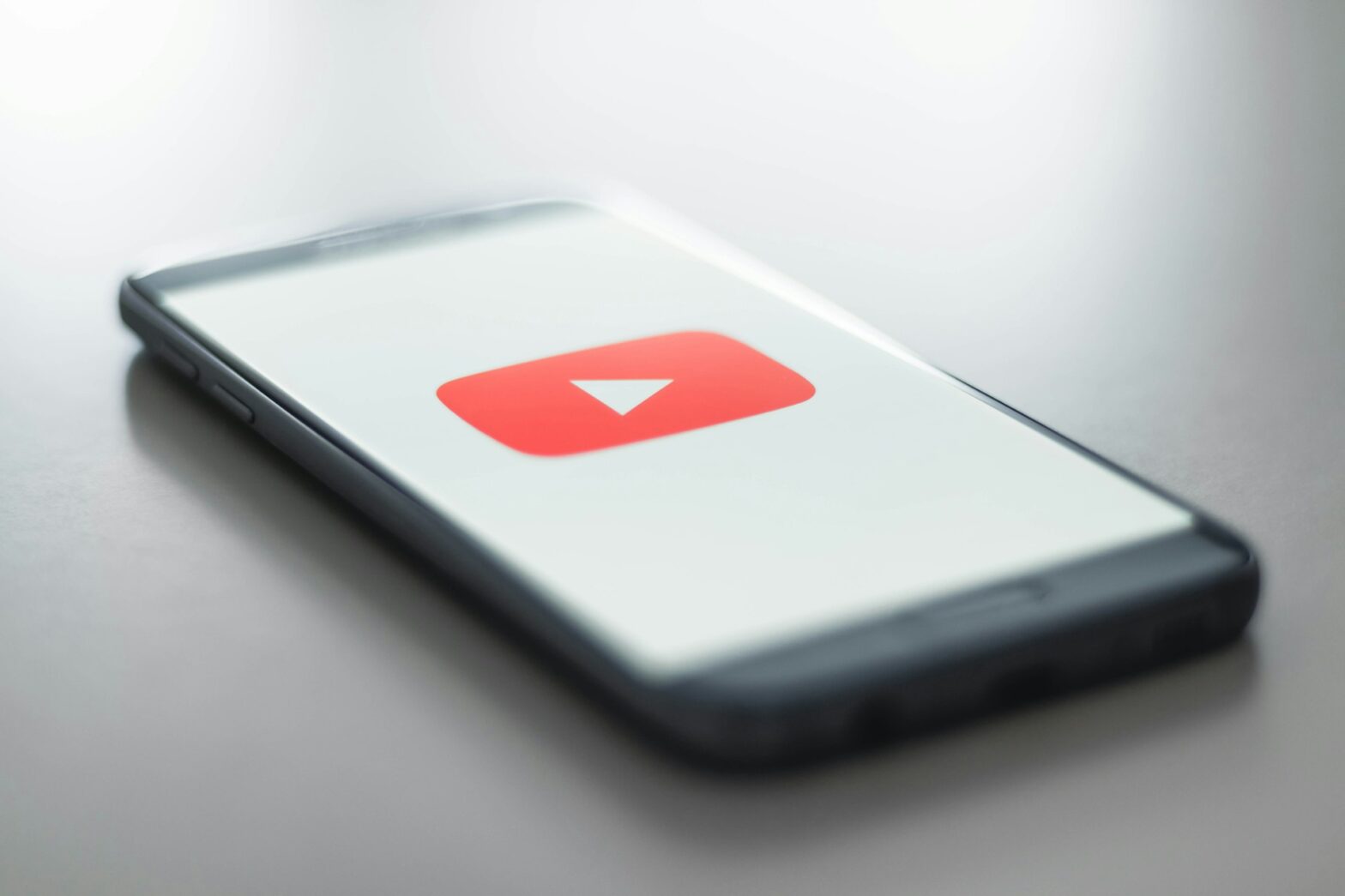In 2025, YouTube has rolled out some of the most significant changes to its demonetization and monetization rules in recent years. These updates directly impact both aspiring and established creators—especially in the context of AI-generated content, reused media, Shorts monetization, and what qualifies as “advertiser-friendly” content.
Whether you’re just starting out or have been on the platform for years, understanding these new rules is critical if you want to protect your channel’s income and long-term viability.
Let’s break it all down.
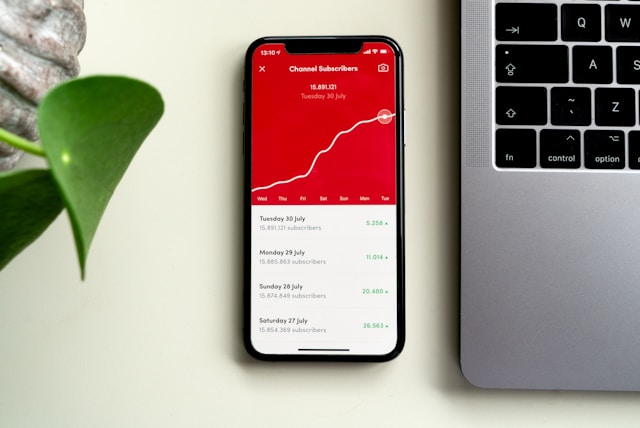
What Is YouTube Demonetization?
Demonetization refers to the process where YouTube disables ads on your video or your entire channel. This means you stop earning revenue from YouTube’s Partner Program (YPP) until the issue is resolved. Typically, demonetization happens when your content violates YouTube’s community or advertiser guidelines.
It can also occur due to:
- Use of copyrighted content
- Offensive or sensitive material
- Spammy or misleading practices
- Reused content without original value
In 2025, the criteria for what triggers demonetization and how to avoid it have become more specific and nuanced.
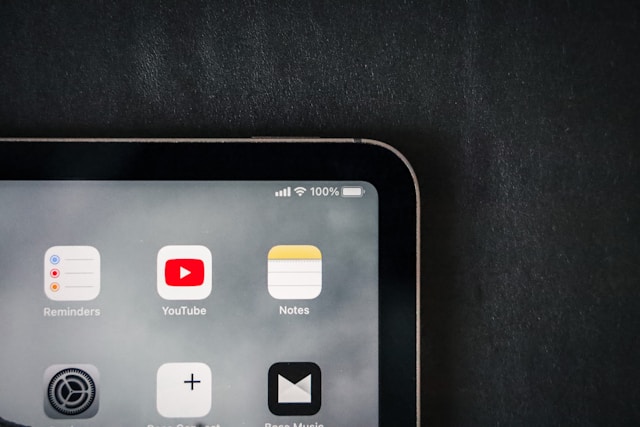
1. New YouTube Partner Program (YPP) Requirements (2025)
To help smaller creators monetize sooner, YouTube has revised the entry threshold for the YouTube Partner Program:
Updated Eligibility:
- 500 subscribers (reduced from 1,000)
- 3,000 watch hours in the past 12 months (or 3 million Shorts views in 90 days)
- 3 active public uploads in the last 90 days
This is great news for small creators but it comes with stricter guidelines on content originality and monetization ethics.
2. AI-Generated Content Scrutiny
With the explosion of generative AI tools (like Suno, ChatGPT, and image generators), YouTube has clarified its stance: AI content is allowed but must offer value and transparency.
What YouTube Now Requires:
- Disclosure: Creators must disclose if their content is AI-generated or AI-assisted.
- Added Value: Using AI to simply narrate or animate without commentary or context may be flagged as reused content.
- Deepfake Restrictions: AI-generated impersonations of real people (especially celebrities or political figures) can trigger demonetization or takedowns.
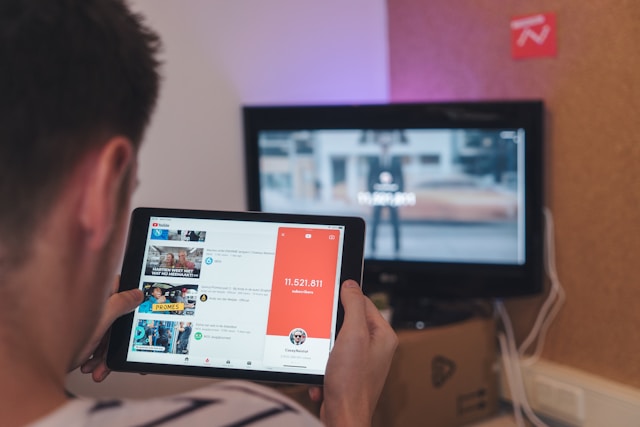
So if you’re using AI for storytelling or visual enhancement, make sure your work includes original insight, voice, or commentary that demonstrates human creativity.
3. Reused & Repurposed Content Rules Tightened
One of the biggest areas where channels lose monetization is reused content. YouTube has expanded this definition in 2025 to better detect “low-effort repackaging” of:
- Compilation videos (memes, fails, mashups)
- Reaction videos with minimal input
- AI-narrated listicles or documentaries using public domain footage
How to Avoid It:
- Add original commentary, context, or storytelling
- Edit the content significantly (don’t just re-upload)
- Use visual branding, voiceover, or creative transitions
YouTube’s algorithm and its manual reviewers are better than ever at spotting copy-paste channels.
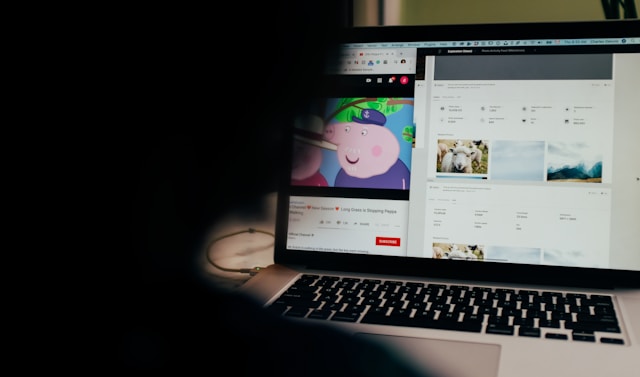
4. Shorts Monetization: Still a Work in Progress
In 2023, YouTube introduced Shorts monetization through a shared ad revenue pool. In 2025, monetization has slightly improved, but it’s still not as lucrative as long-form content.
What’s New in 2025:
- Shorts now count toward your eligibility for YPP
- Better tracking of viewer engagement (stickers, vertical Lives, Q&A)
- More focus on music licensing: unlicensed music in Shorts may instantly flag your video for demonetization
Tip: Focus on consistency and community features like comments and stickers to grow Shorts revenue. But for real income, consider pairing Shorts with affiliate links, merchandise, or channel memberships.
5. Stricter Advertiser-Friendly Guidelines
YouTube regularly updates its advertiser policies to meet brand expectations. In 2025, these changes include:
Profanity Guidelines:
- Light profanity (e.g., “damn,” “hell”) is generally safe
- Strong profanity in the first 15 seconds may limit or remove ads
- Excessive profanity throughout a video can lead to full demonetization

Adult Themes:
- Sensual dancing, revealing clothing, or suggestive thumbnails may trigger a yellow dollar sign
- Educational or artistic nudity is still evaluated case-by-case
Harmful or Sensitive Content:
- Misinformation (health, politics, AI) is being closely monitored
- Clickbait thumbnails and titles with misleading claims may limit reach and revenue
6. What Happens If You’re Demonetized?
Demonetization can occur in three ways:
- Video-level demonetization (yellow icon)
- Channel-level demonetization (removed from YPP)
- Content takedowns or copyright strikes
Consequences include:
- Loss of ad revenue
- Ineligibility for Super Chats, memberships, and Shopping
- Risk of channel termination for repeated offenses
To avoid copyright claims from background music, creators can use platforms like Hoopr or Hoopr Smash to access royalty-cleared, licensed music for YouTube content.
7. Appealing a Demonetization
YouTube allows you to appeal most demonetization decisions within 7 days. You’ll find the appeal option inside YouTube Studio under “Monetization” or “Content.”
Tips for Appeals:
- Be concise and professional
- Explain your creative intent
- Don’t submit multiple appeals for the same issue, it can hurt your channel’s trust score
If your appeal is successful, monetization is reinstated within a few days. If not, review YouTube’s feedback and make necessary changes before reapplying.
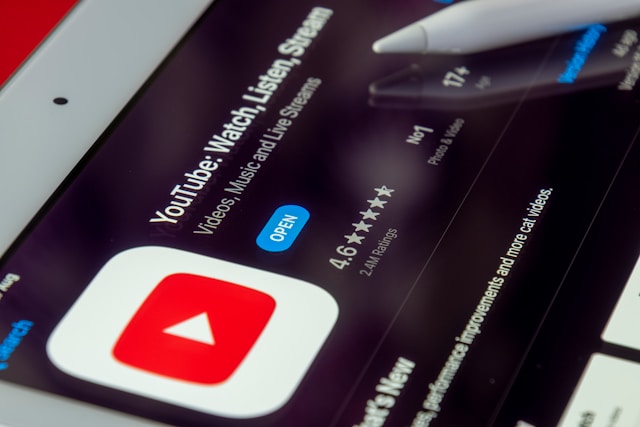
8. How to Stay Monetized in 2025
Here’s a quick checklist to keep your channel monetized and advertiser-friendly:
Original Content
- Focus on your unique voice, edits, and storytelling
- Avoid repetitive formats without value-add
Ethical AI Use
- Always disclose when AI-generated elements are used
- Use AI tools to support your ideas, not replace them
Safe Language & Visuals
- Limit profanity and controversial topics
- Be cautious with adult themes, thumbnails, and titles
Diversified Revenue
- Explore Super Thanks, YouTube Memberships, and affiliate links
- Build a community, not just a following
Policy Awareness
- Subscribe to YouTube Creator Insider
- Regularly review YouTube’s Policy Page
Final Thoughts
Demonetization is no longer just about breaking rules—it’s about whether your content provides value to viewers and safety for advertisers. In 2025, YouTube is pushing creators to become more thoughtful, transparent, and original.
While the landscape is more complex than ever, it also opens the door for creators who innovate and adapt. Instead of fearing demonetization, see it as a quality filter—and rise above it by building a content brand that advertisers love and audiences trust.

